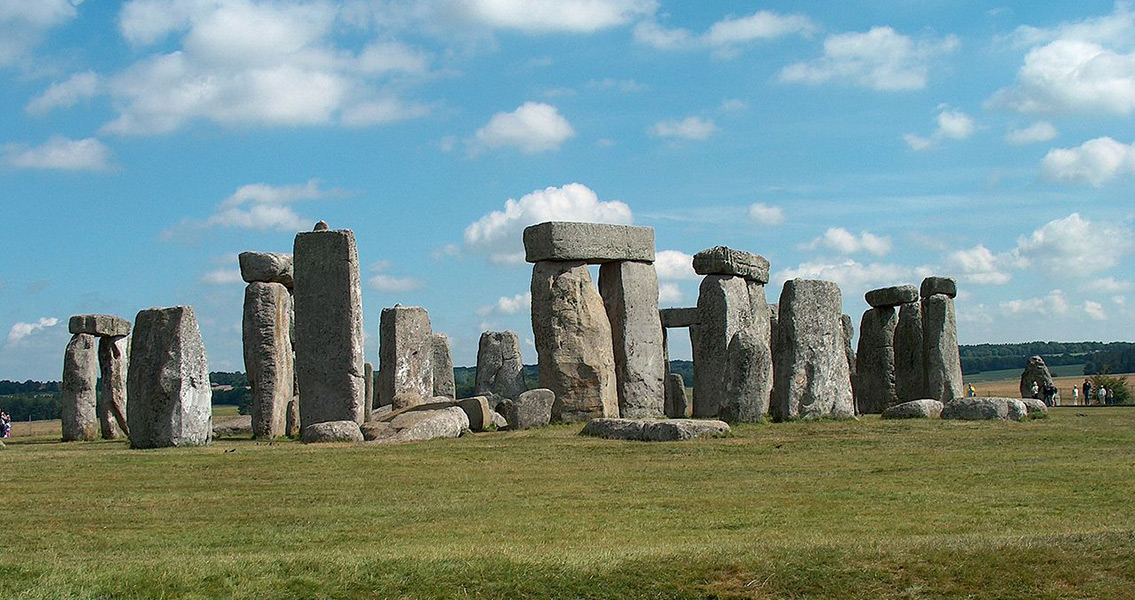<![CDATA[A discovery made just a mile from Stonehenge suggests that hunter-gatherer communities living in Britain towards the end of the Mesolithic were likely to adapt to their surroundings instead of changing them to suit their needs. The discovery is what the researchers involved in it have dubbed “an eco house”, built around a fallen tree. The base of the tree was transformed into a wall, by lining it with flint, and there were remains from a wooden pole that most likely supported a roof made from animal skins or straw, the Guardian reports. The wood was carbon dated to around 4336-4246 BCE, around the beginning of the Neolithic. According to the Independent, this is the earliest prehistoric building in the area where Stonehenge was built more than a millennium later. In addition to the stone wall, the scientists digging at the site, led by David Jacques; an archaeologist from the University of Buckingham, found a cobbled area plus a cobbled pathway leading to a stream that was probably used by the locals to perform ritual offerings. In the stream, the team found tens of thousands of flint tools, which led them to believe the local Mesolithic community had come into contact with Neolithic people coming from Europe – Britain was at the time part of the European mainland – or that the site was continuously occupied, with its initial inhabitants replaced by a Neolithic community. In addition to the flint tools, the spring near the dwelling contained an animal skin smoother made from sandstone, a slate arrow head that came from Cornwall or Wales, and a couple of thousand animal bones. As for the dwelling itself, it probably measured around three by five square metres and had a specially designated area for scraping animal skins and making clothing. Another interesting find had to do with how those Mesolithic hunter-gatherers kept themselves warm in the winter. They built their fire away from the roof and heated large stones near it, to later use as heaters near the sleeping area. Talking about the find to the Guardian, lead researcher David Jacques said it challenged the assumption that Mesolithic people were “making do with anything nature happens to throw up”. In fact, he said, they seemed to “have a skilful and sophisticated understanding of the landscape. They are adapting themselves around it.” The site could provide invaluable insight into the prehistory of the area but there is a danger, Jacques believes, coming from government plans to build a tunnel in the area in order to alleviate heavy traffic along the nearby A303. According to Jacques, tunnel-digging may damage this site and also prevent further work at the prehistoric eco house, as it will run very close to it. However, the tunnel project has been backed by organisations such as the National Trust, Historic England, and English Heritage. ]]>
6,300-Year-Old “Eco Home” Found Near Stonehenge
